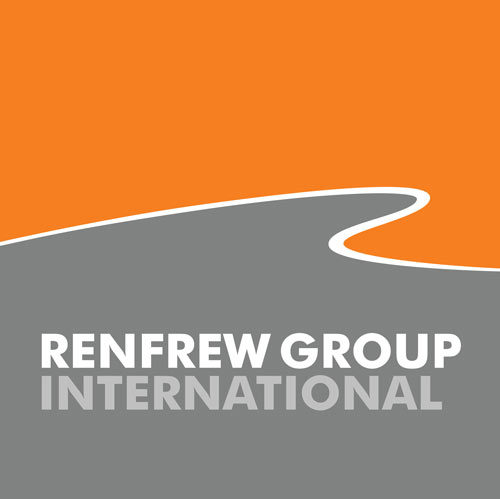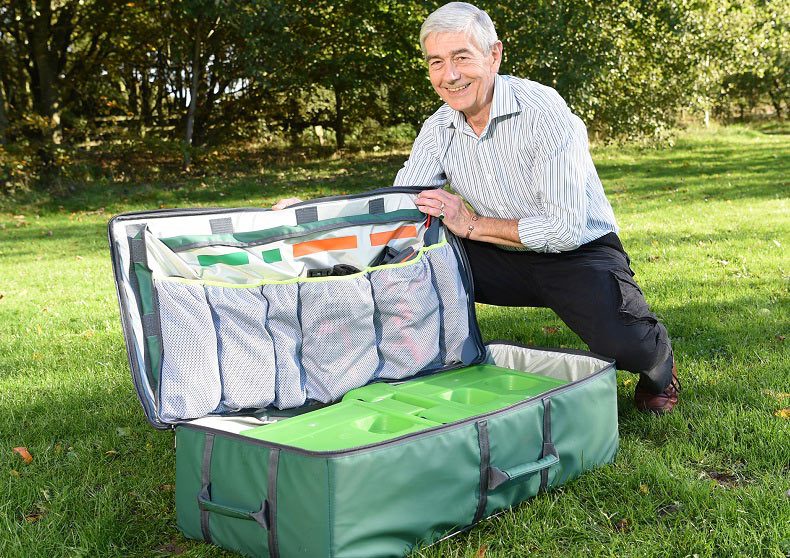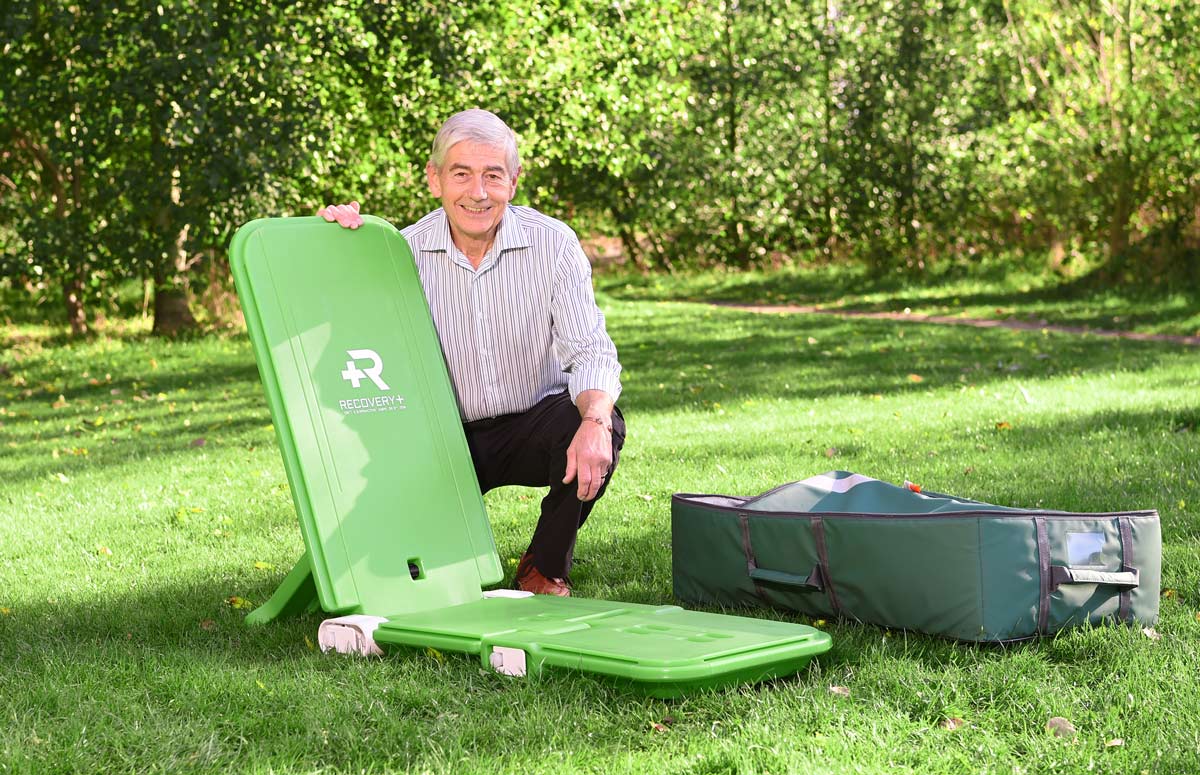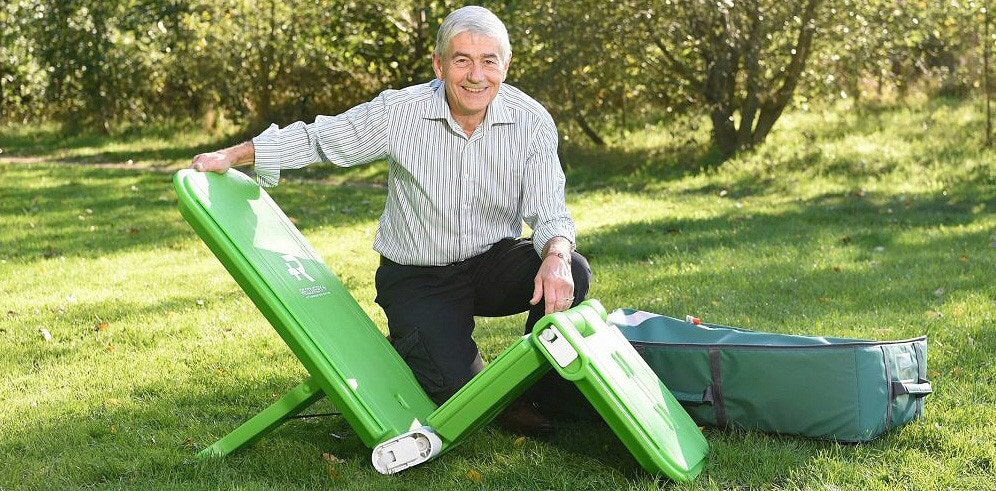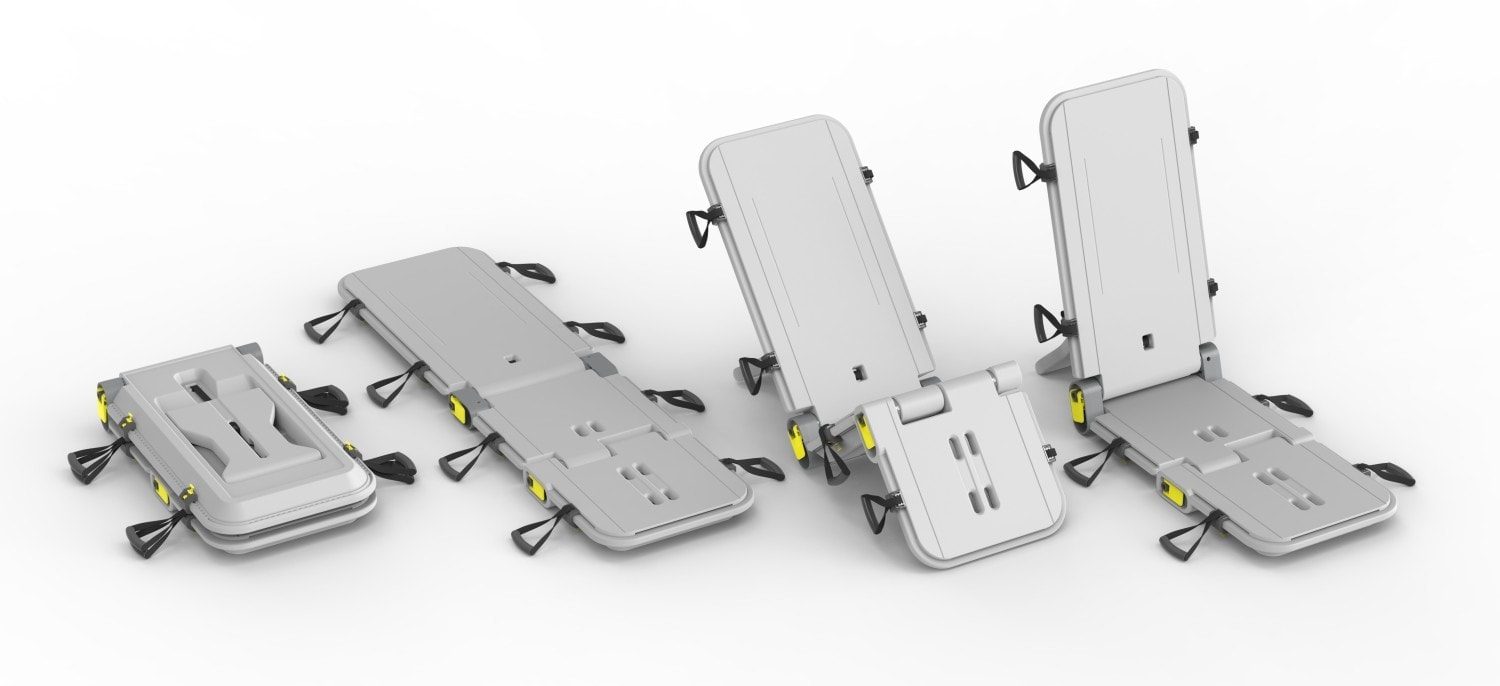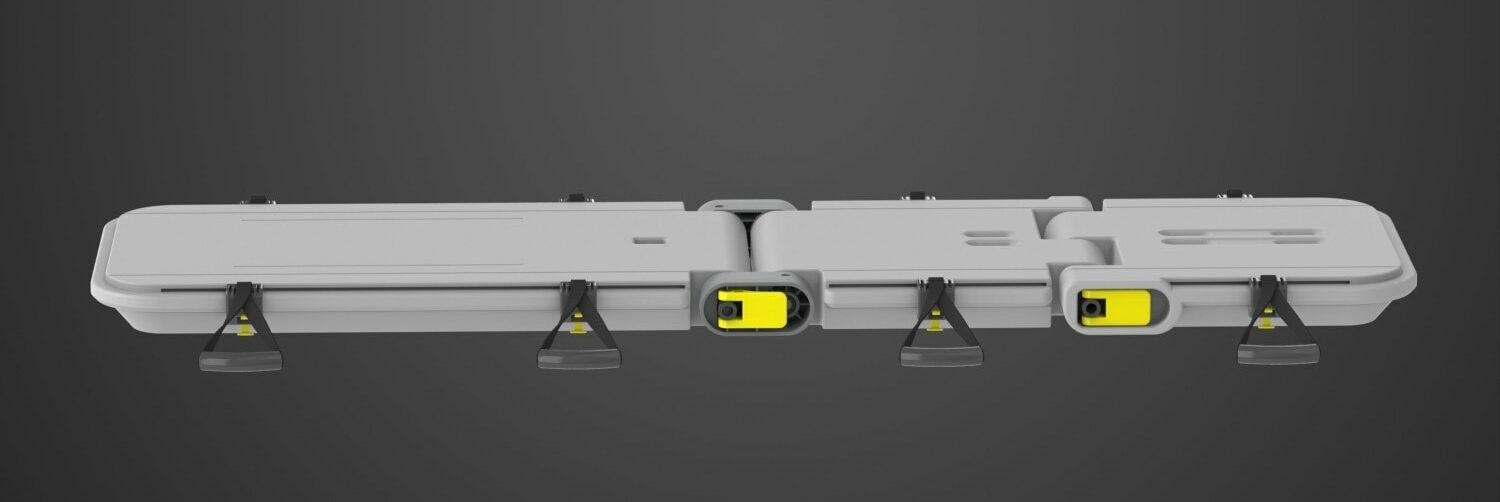UKDI commissioned Renfrew Group International to provide the design and development expertise for the new Recovery + all plastics foldable Stretcher, a lightweight, highly flexible three-part foldable device made entirely from polymer materials.
Security and medical authorities design this personnel device with restraining features to safely medicate and transport vulnerable or disorderly people, who may also undergo X-ray or MRI scanning while remaining aboard. (Plastics do not create the shadowing that occurs when metals are present in the image field)
The product is designed to provide a range of safe options for emergency responses and has been used by the NHS for two years.
UKDI director Nick Gray, says “The stretcher is a multi-positional flexible foldable Stretcher which folds into 3 parts – a treatment platform that can be used for transport, evacuation, and rescue. You can use it in either a seated position or a supine position”.
Front line responders and carers, whether they are nursing staff, police, fire and rescue, or prison service officers, are the intended audience for Recovery, designed to assist anyone who must deal with an individual in a dignified manner. Use of the equipment helps to de-escalate situations where the responder may be dealing with violent or disruptive people.
Nick Gray “The foldable Stretcher is produced with simple principles, in particular the way a person would like to be treated, with a specific focus on compassion, dignity and safety for carers and patients alike.”
The foldable stretcher design concept
The design concept incorporates a jointing/hinging detail that lets users arrange the device’s three sections as a supported seat, a self-supporting seat, or a stretcher. In seat mode, users can fix the elements that support the thighs and lower legs in roughly 90-degree and 180-degree relationships to each other.
Additionally, users can fix the back element in a relationship ranging from 0 degrees (folded) to roughly 100 degrees and 180 degrees, providing support in both sitting and prone positions.
Features on the main sections allow for the attachment of bespoke carrying handles and secure restraint straps in any position along the edges. A prop can be hinged out to support the backrest in the seated position and the whole stretcher, with occupant, can be placed on a typical commercial aircraft seat.
